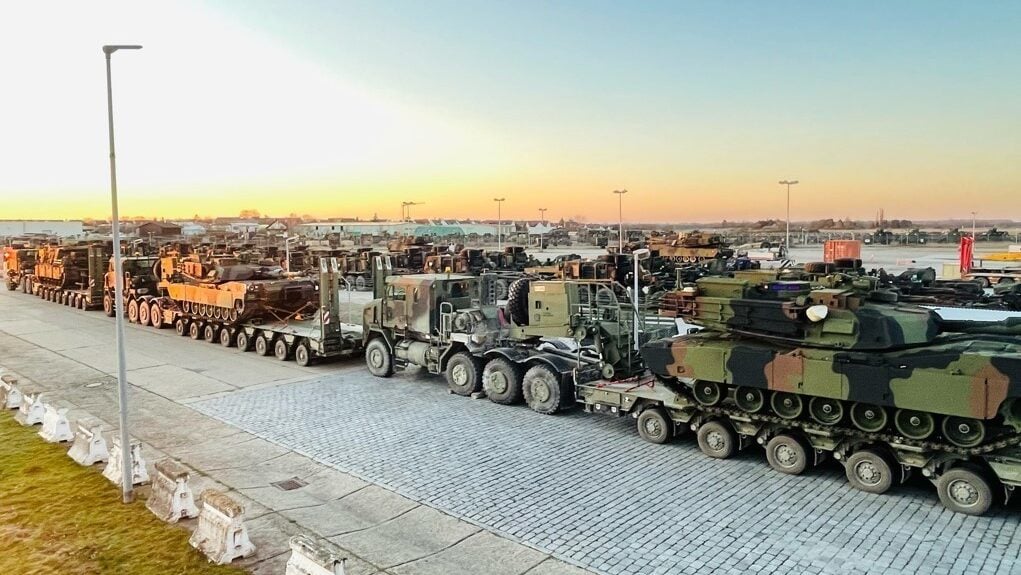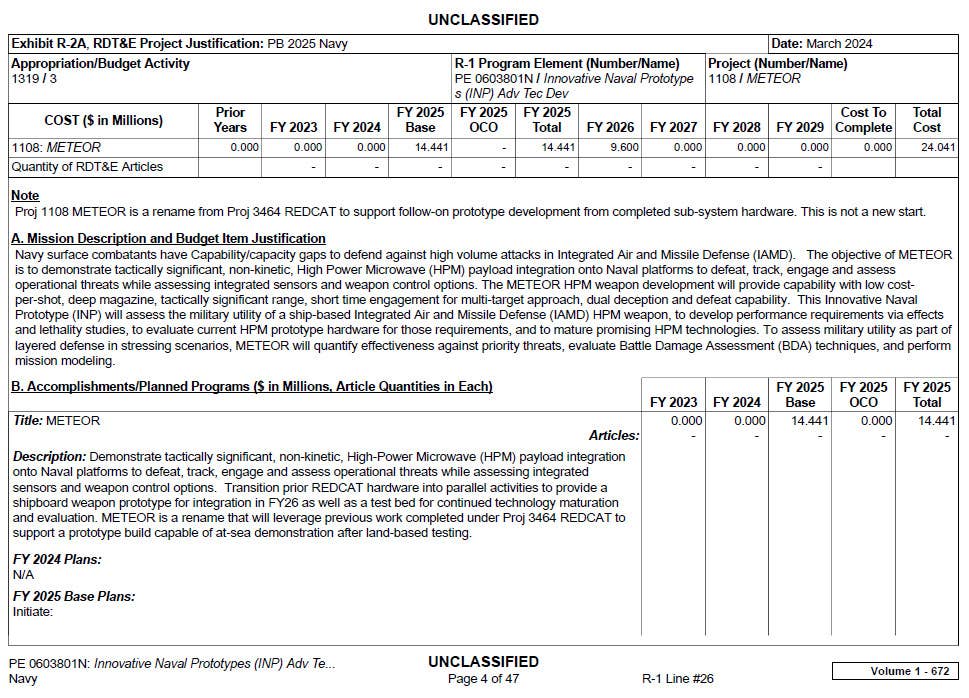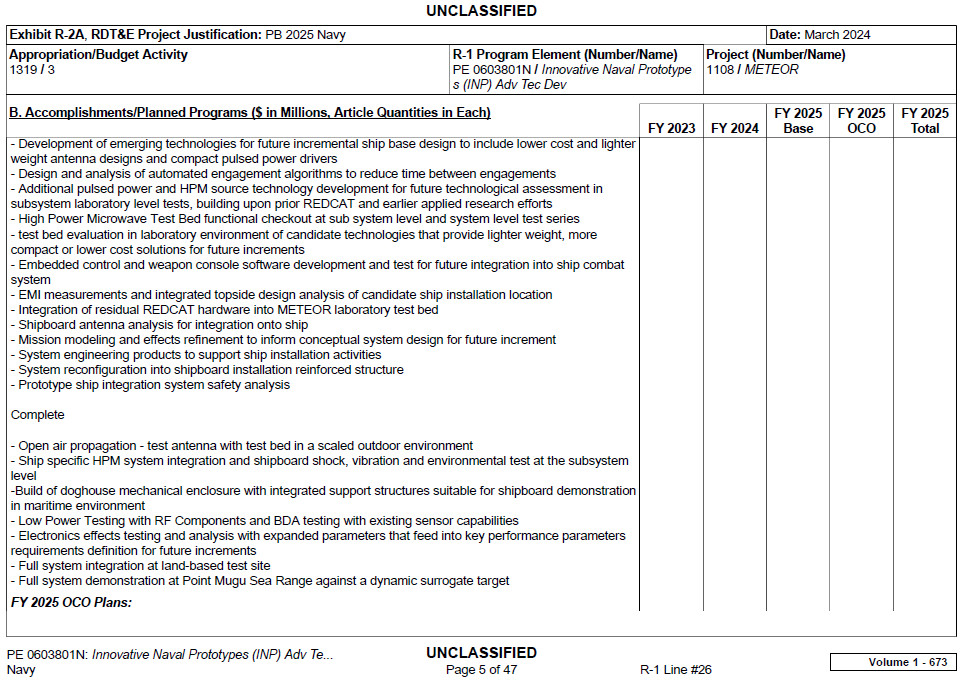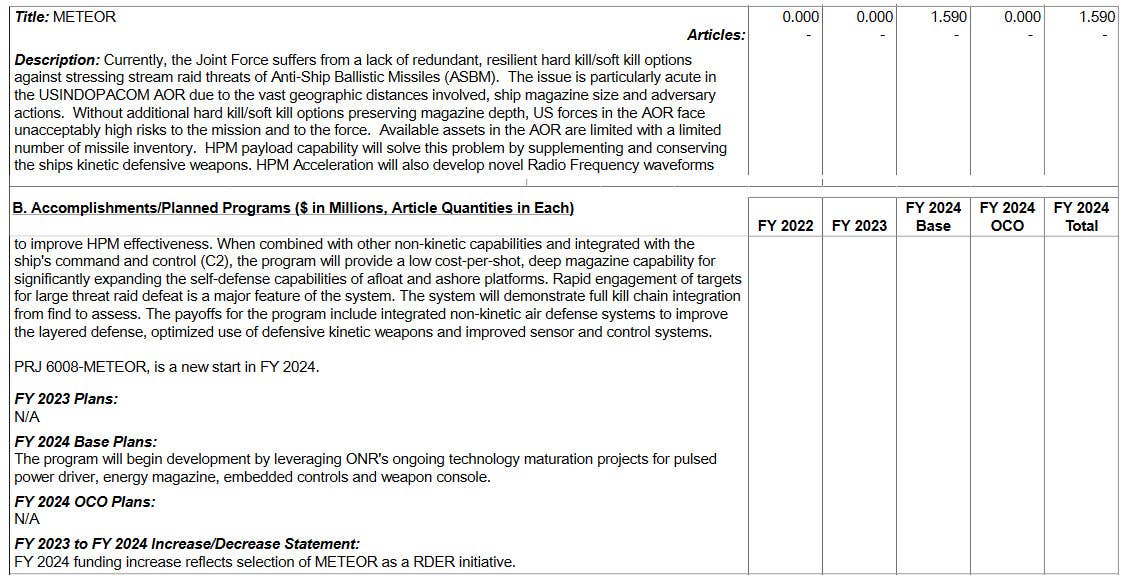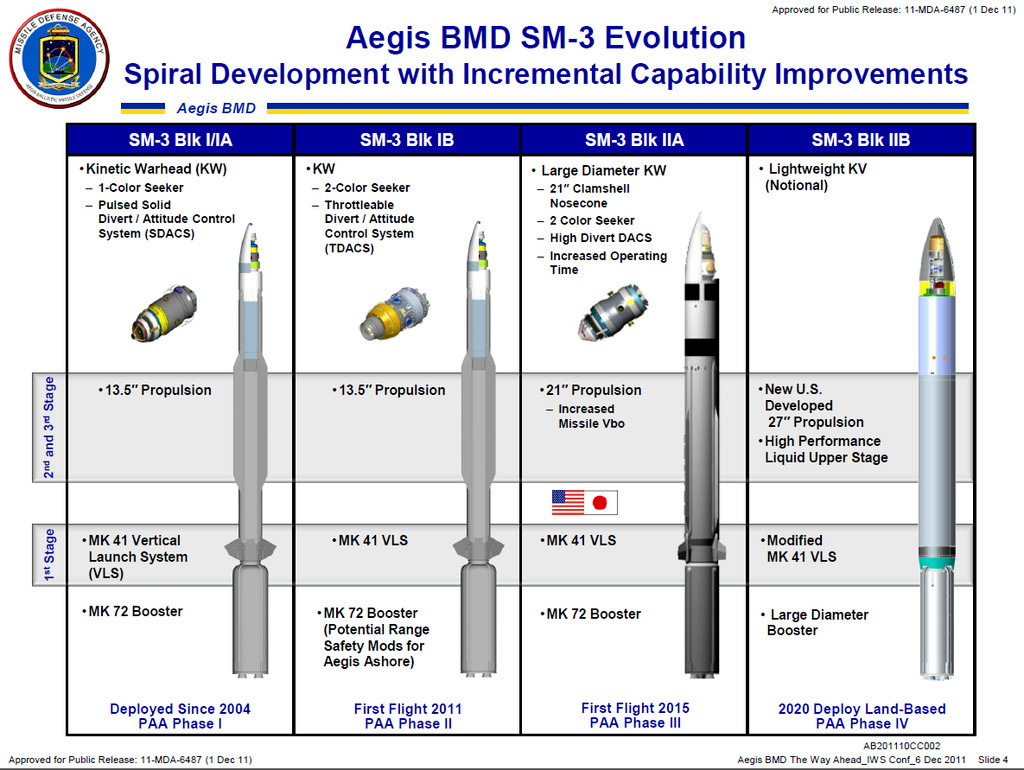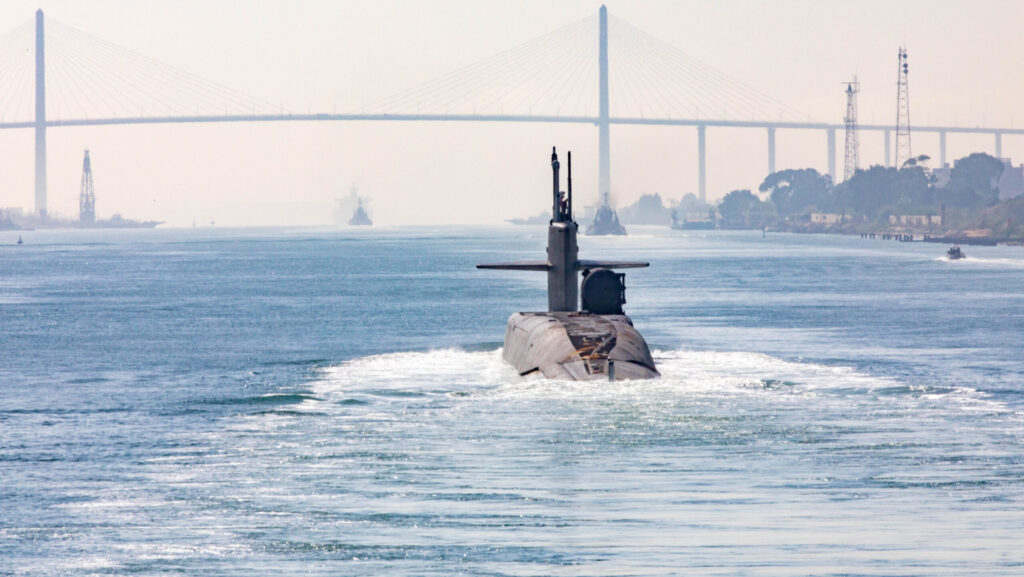(338) 03-09-2024-to-03-15-2024__****THE****WINDS****of****WAR****
(339) 03-16-2024-to-03-22-2024__****THE****WINDS****of****WAR****
(340) 03-23-2024-to-03-29-2024__****THE****WINDS****of****WAR****
------------------------------------------------------------------------------------------------------------------
INTL - China's Attacks on Philippine Resupply Missions Test 70-Year-Old Defense Pact - USNI News
news.usni.org China's Attacks on Philippine Resupply Missions Test 70-Year-Old Defense Pact - USNI News Mallory Shelbourne and Sam LaGrone A China Coast Guard cutter blasts the resupply vessel Unaizah Mae 4 on March 23, 2024. Armed Force of the Philippines Image...
GOV/MIL - Pentagon Fast-Tracks "Fixes" in Hypersonic Weapons, Moves to Catch & Pass China
warriormaven.com Pentagon Fast-Tracks "Fixes" in Hypersonic Weapons, Moves to Catch & Pass China Kris Osborn, Warrior Maven - Center for Military Modernization By Kris Osborn, President, Warrior Maven The Pentagon and the military services are taking aggressive...
ILL IMM - Chinese Migrant Suddenly Found on California Military Base
Chinese Migrant Suddenly Found on California Military Base Nick Mordowanec The arrest of a Chinese national at a Marine Corps base in California is spurring many questions. The presence of Chinese nationals on American soil has been on lawmakers' radar for months, given the recent...
ALERT - RUSSIA INVADES UKRAINE - Consolidated Thread
Here then is the question we need to ask regarding the PTB in the West, both in front of and especially behind the curtain; how many dead Ukrainians, Russians and finally their own people are they willing to stack up for "their" goals? That being said, exactly what are those goals? Those of...
HEALTH - Experts warn nation's food supply threatened by infected illegals
Experts warn nation's food supply threatened by infected illegals | WND | by WND Staff Experts warn nation's food supply threatened by infected illegals WND Staff WND 'Mass releasing these people who could be carrying multiple diseases' Mycobacterium tuberculosis There is ample evidence the...
INTL - "Israel is in an all-out war. " MAJOR Palestinian Ground Incursion From Gaza Into Israel Ongoing. Hundreds Killed. (Please watch for dups #1881)
Omar Abu Layla @OALD24 And here we go .. Moments ago, the leader of the Iraqi militia, Kata'ib Sayyid al-Shuhada, Abu Ala al-Walai, released a statement threatening Israel with strikes on all its ports in the Mediterranean Sea, targeting airports, military bases, and power stations. If we...
----------------------------------------------------------------------------------------------------------------------
Posted for fair use......
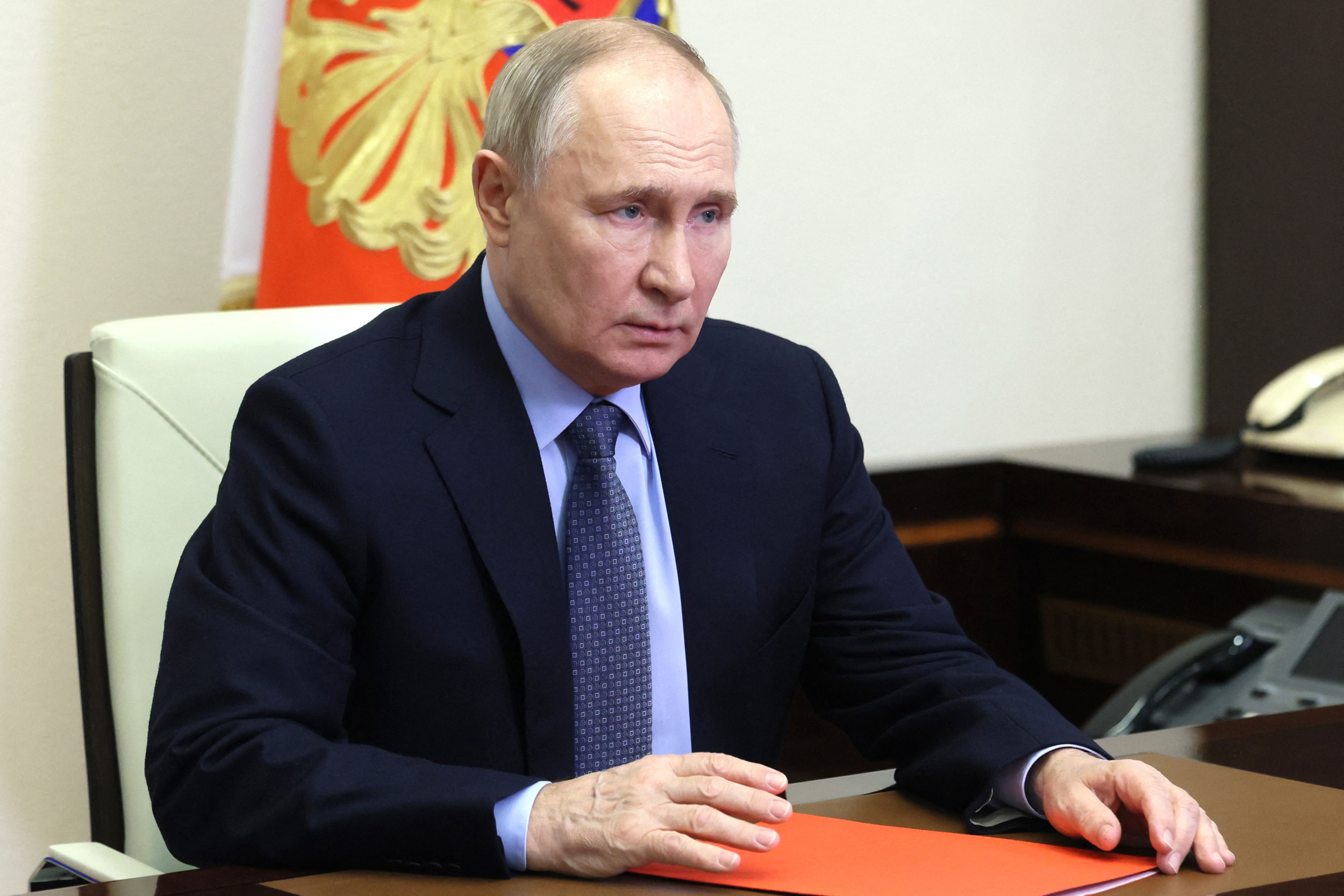
Putin friend predicts nuclear strike "most likely" coming
Viktor Medvedchuk said, "If the collective West continues to assert its right to global dominance, Ukraine's human capital will not be enough in any case."
Putin Friend Predicts Nuclear Strike 'Most Likely' Coming
Published Mar 30, 2024 at 11:02 AM EDT Updated Mar 30, 2024 at 2:54 PM EDT165 Comments
Amid the ongoing Russia-Ukraine war, Russian President Vladimir Putin's friend, Viktor Medvedchuk, recently predicted that a nuclear strike will "most likely" be coming.
Putin and senior Russian officials have repeatedly threatened nuclear escalation against Kyiv and its Western partners since Moscow launched its full-scale invasion of Ukraine in February 2022.
During Putin's annual state of the nation address last month he warned that Russia's "strategic nuclear forces are in a state of full readiness." He also warned that there was a genuine risk of nuclear war if Western nations send troops to Ukraine, as suggested by French President Emmanuel Macron last month.
Western nations, Putin added, "must realize that we also have weapons that can hit targets on their territory. All this really threatens a conflict with the use of nuclear weapons and the destruction of civilization. Don't they get that?"
However, Macron appears to have walked back his previous comments earlier this month about sending troops to Ukraine. During an interview with Czech news publication Novinky.cz. Macron emphasized that France is not actively considering sending military forces to Ukraine.
"In response to one question I was asked about sending troops, I said that nothing is out of the question," he recalled. "This does not mean that we are considering the possibility of sending French troops to Ukraine in the near future, but we are starting discussions and thinking about everything that can be done to support Ukraine, especially on Ukrainian territory."
On Friday, according to Russian news agency Tass, pro-Russian Ukrainian politician Medvedchuk who was exiled to Russia in 2022 in exchange for Ukrainian prisoners of war predicted that a nuclear strike will "most likely" be coming as the West continues to "assert its right to global dominance."
"If the collective West continues to assert its right to global dominance, Ukraine's human capital will not be enough in any case...If we continue the policy of war to the bitter end, sooner or later foreign troops will have to be introduced. And most likely, [we will be] looking at a nuclear strike eventually," he said.
However, Medvedchuk does not rule out that countries outside of Europe could become involved if the conflict expands. "It is clear that the Arab world is being drawn into the war, and after that, China and India will also be involved, as they do not have issues with soldiers."
Newsweek has reached out to the Russian defense ministry via email for comment.
This comes as Western leaders including President Joe Biden, German Chancellor Olaf Scholz, and North Atlantic Treaty Organization (NATO) Secretary-General Jens Stoltenberg have consistently warned that a direct Russia-NATO confrontation is unthinkable given the nuclear stakes.
READ MORE
- Donald Trump has desire to "cuddle" Putin, former aide warns
- Russia may have collected more weapons from North Korea
- Chinese state media warns US ally will suffer "losses" as tensions grow
"The West miscalculated and ran into the firm position and determination of our multinational people," Putin told government officials, members of parliament, and leading civil society figures during his annual speech.
Meanwhile, NATO leaders—particularly on the alliance's long frontier with Russia—are increasingly warning that direct conflict with Moscow is a realistic danger, suggesting the West has between three and 10 years to prepare for war. However, Putin described such warnings as "nonsense."
"At the same time they themselves are choosing targets for striking our territory," the Russian leader said referring to Scholz's revelation that British and French personnel are helping Ukraine target Russian positions with Storm Shadow/SCALP cruise missiles.


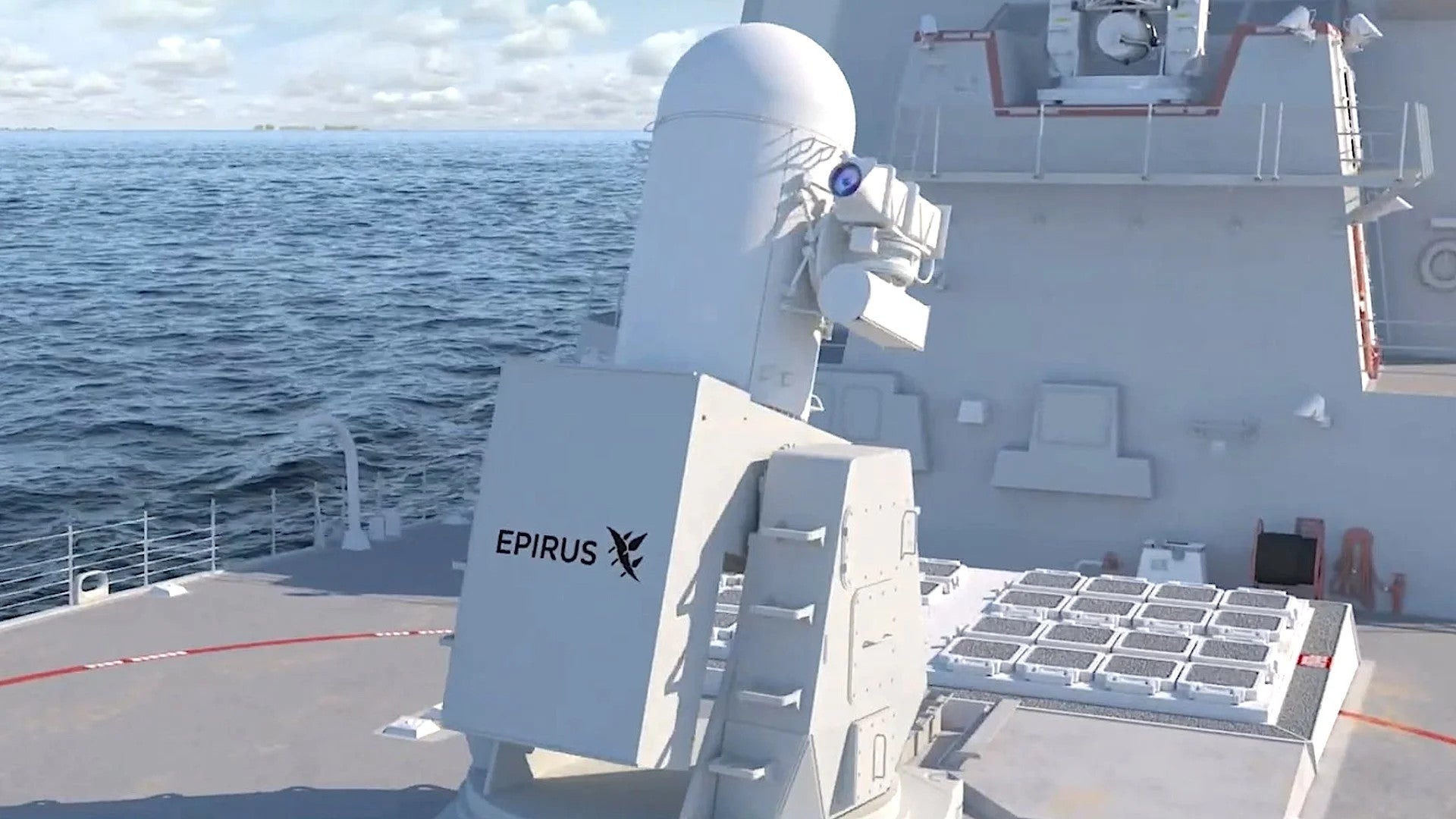
:quality(70)/cloudfront-us-east-1.images.arcpublishing.com/archetype/YMS7NAMDSJEWRPMJAMDG7MTMHA.jpg)
